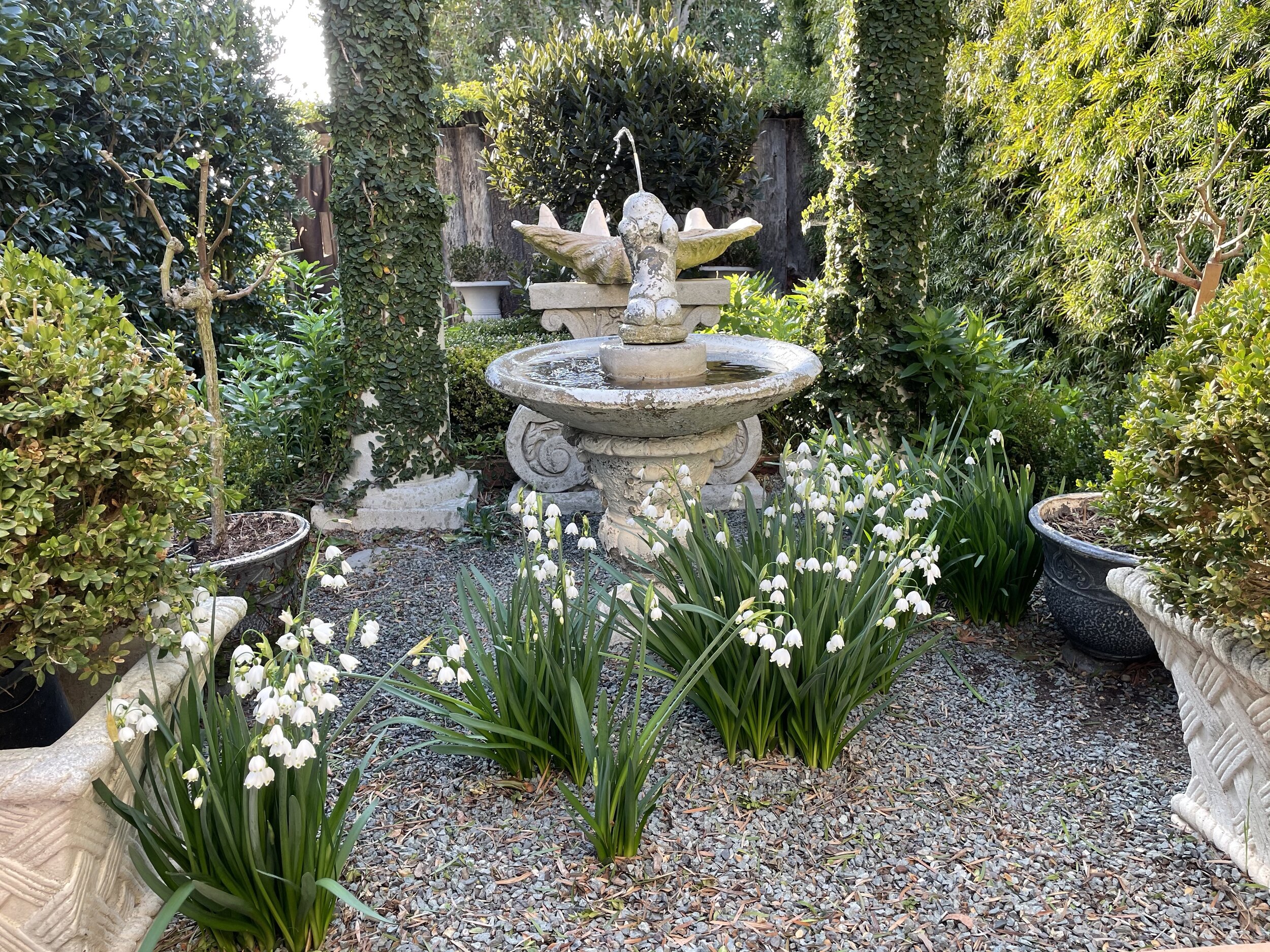Melissa Clark’s Grilled Vegetables with Burrata Recipe
Are you “knee deep” in zucchini from your garden about now, and have exhausted your zucchini recipes? Melissa Clark’s Sweet and Spicy Grilled Vegetables with Burrata featured last May in The New York Times, might be a delicious solution. The beauty of this recipe is you can use just about any seasonal vegetable you like. Fresh green zucchini and yellow crookneck zucchini sliced diagonally is an excellent choice, as well as fresh asparagus, carrots, cherry tomatoes, and eggplant. Recipe Note: If using a dense vegetable such as carrots or corn, be prepared to grill them longer than your other softer vegetables. I chose to leave out the corn on the cob, mushrooms, and red peppers, and made my own medley of seasonal vegetables on hand.
What makes this recipe extra fabulous is not only all the lightly grilled fresh vegetables, but the “Sweet and Spicy Sauce.” Looking at the sauce ingredients you might think, wow, this is a potent sauce with chopped raisins, honey, apple cider, fish sauce, and red pepper flakes. The beauty of this sauce is that it really cuts the vegetables, and really adds a nice acidic accent and brightness to your vegetables. The complementary cheese on the side, also cuts the spicy sauce well. I have made this recipe using burrata and also mozzarella. Both worked equally well with the grilled vegetables. Enjoy!
Sweet and Spicy Grilled Vegetables with Burrata
Lovingly Adapted from Melissa Clark, The New York Times
Makes 6-8 Servings
Sauce Ingredients:
1/4 cup chopped raisins, preferably golden, or substitute dried apricots
2/3 cup white wine vinegar or cider vinegar (I prefer a combination of both)
2 tablespoons honey, plus more to taste
1 tablespoon fish sauce or colatura (optional)
1/4 teaspoon red pepper flakes
Pinch of fine sea salt
For The Vegetables (Use Any Or All):
Extra virgin olive oil
2 to 3 bell peppers, quartered, stems, and seeds removed
1 to 2 zucchini or crookneck yellow squash sliced diagonally 1/2-inch thick
1 small eggplant, sliced diagonally 1/2-inch thick
2 to 4 ears yellow corn, shucked
8 ounces mushrooms, washed, dried, trimmed and halved, or quartered.
1 bunch thick asparagus, ends snapped
8 ounces cherry tomatoes preferably still on the vine, ( I put the tomatoes on a wooden skewer).
For Serving:
2 small burrata or fresh mozzarella balls, or 2 cups fresh ricotta
Flaky sea salt and freshly ground black pepper
Basil or mint leaves, for serving
Crusty bread slices
Directions:
1) Make the sauce: Put raisins or apricots in a small heatproof bowl. In a small saucepan, combine vinegar, honey, fish sauce or colatura (if using), red pepper flakes, and salt. Bring to a boil, then let simmer until the mixture reduces slightly, about 3 minutes. Immediately pour over the raisins and let cool. Taste and stir in a little more honey if the sauce is too harsh. (Sauce can be made up to 1 week ahead and stored in the refrigerator).
2) Prepare the vegetables. Lightly brush olive oil on boths sides of sliced and other vegetables. Have a serving platter ready.
3) Grill the vegetables directly on the grate of the grill, in batches if necessary, and turning them as needed. Move them around the grates so they cook evenly. Cook until lightly charred, watching them carefully, 5 to 12 minutes or more depending on what vegetables you use. If necessary, use a grilling basket for the asparagus and mushrooms. Cherry tomatoes grill 1 to 2 minutes, and will start to burst and char slightly. Transfer all the vegetables as they cook directly to the serving platter.
4) Add the the cheese to the platter next to the vegetables. Immediately drizzle everything with some of the sauce, stirring it up to get the raisins, and with olive oil. Sprinkle with flaky sea salt, pepper, and scatter the herbs generously on top. Serve the extra sauce on the side, and the bread for making crostini with some of the vegetables.
Bon Appétit et Bon Weekend…..Bonnie





























